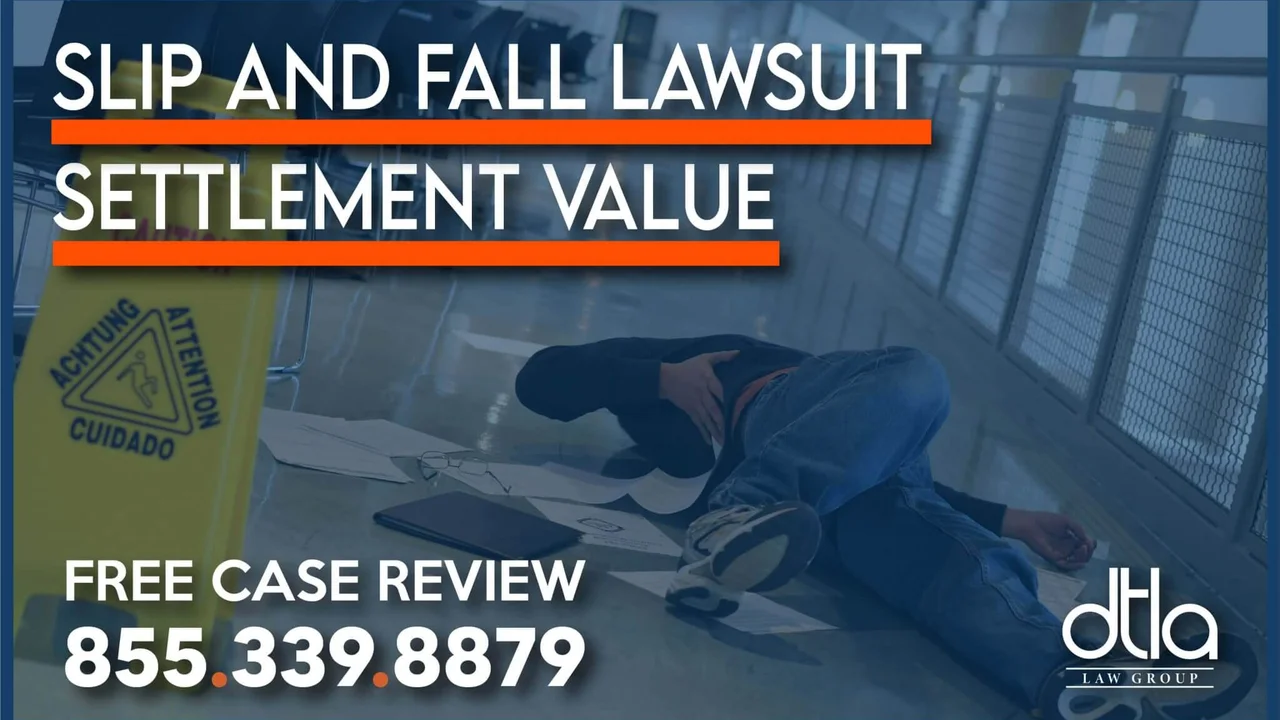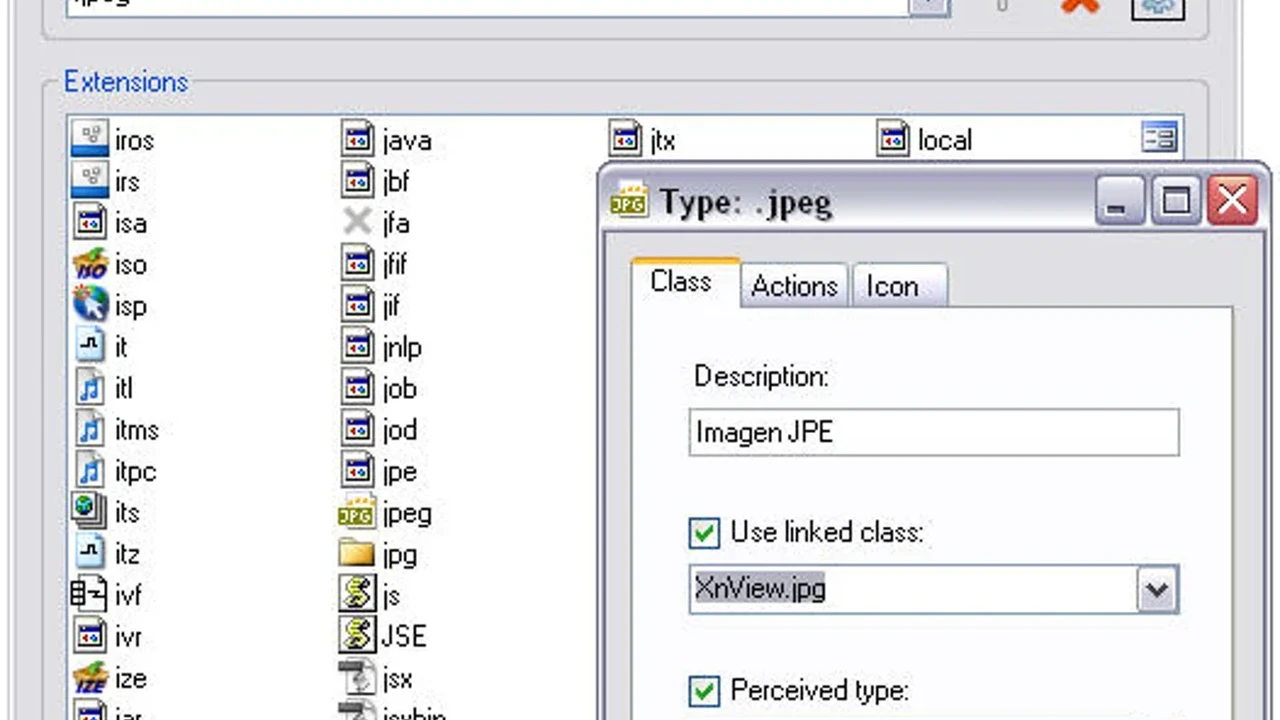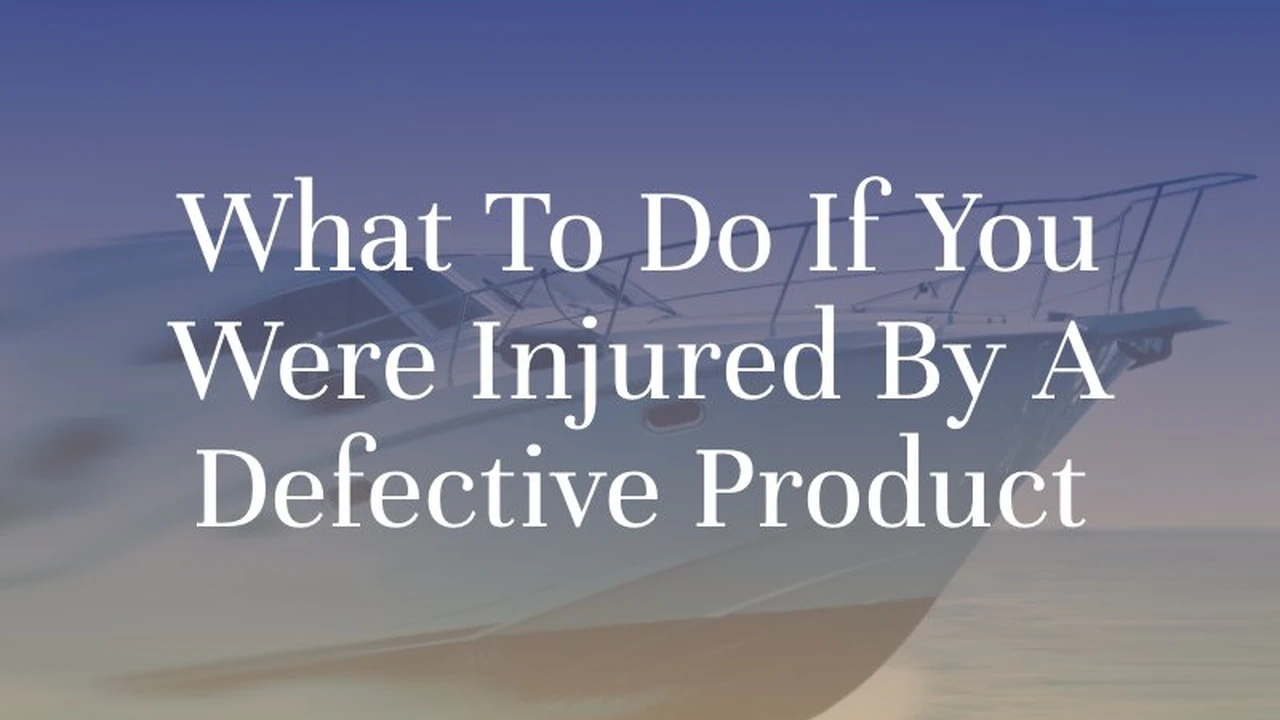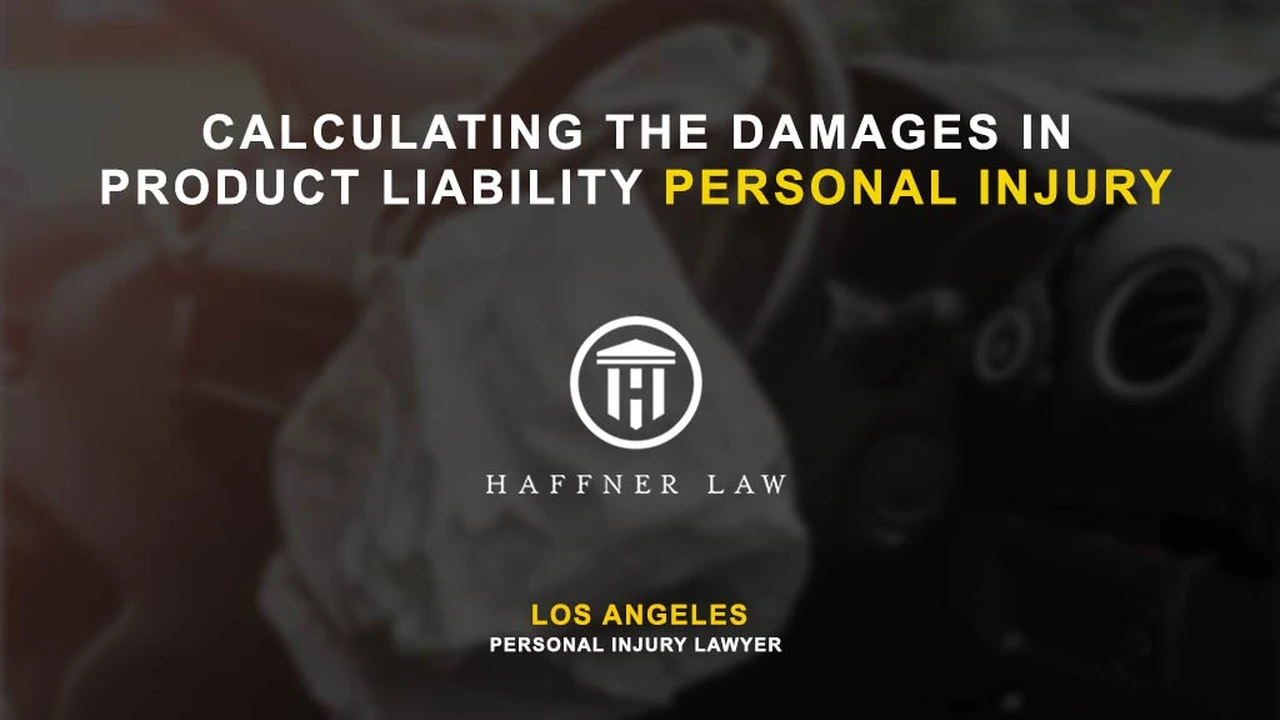Apartment Complex Slip and Fall Liability
Determining liability for slip and fall accidents that occur in apartment complexes.
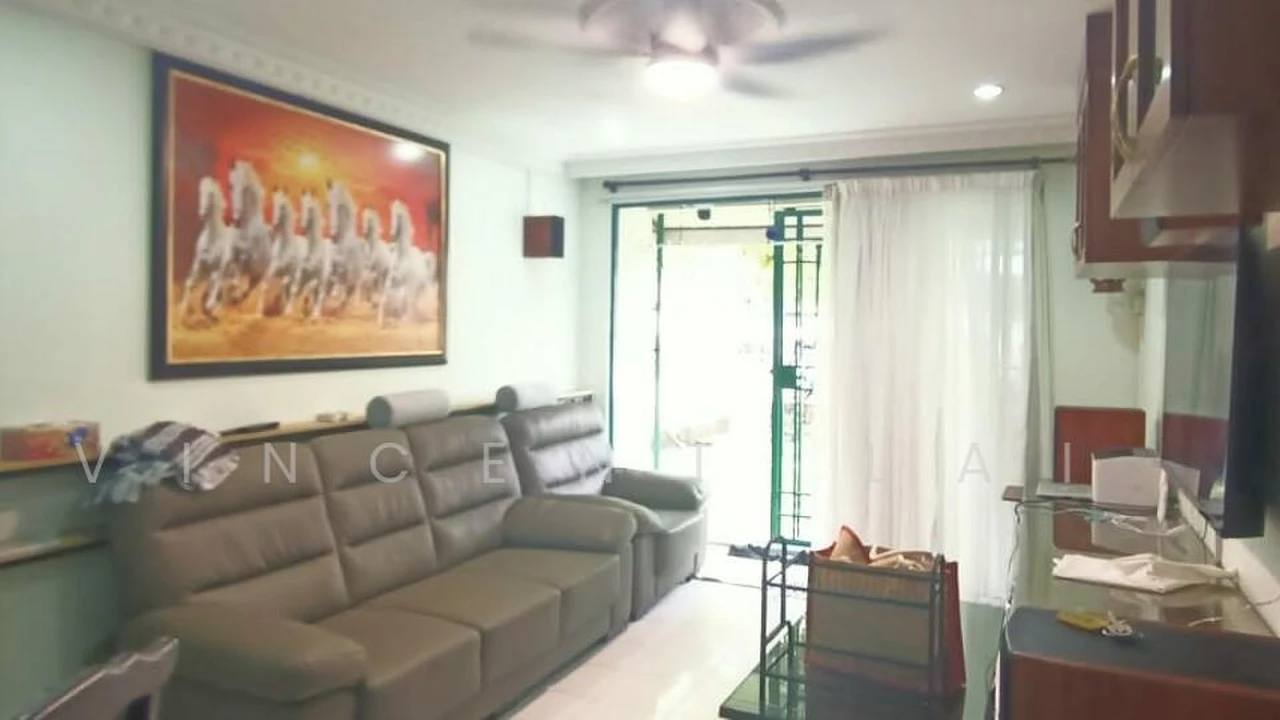
Apartment Complex Slip and Fall Liability Understanding Your Rights
Hey there! Ever wondered who's responsible when you take an unexpected tumble in an apartment complex? It's a common question, and frankly, a pretty important one. Slip and fall accidents in apartment complexes can lead to serious injuries, from sprains and fractures to head trauma. When something like this happens, figuring out who's at fault – and therefore, who should cover your medical bills and other damages – can be a real headache. This article is going to break down everything you need to know about apartment complex slip and fall liability, whether you're a tenant, a visitor, or just curious. We'll dive into the legal nitty-gritty, discuss common scenarios, and even touch on how things might differ between the USA and Southeast Asia. So, let's get started!
Understanding Premises Liability Apartment Complex Negligence
At its core, a slip and fall case in an apartment complex falls under what's called 'premises liability.' This legal concept basically means that property owners, or those in control of a property, have a responsibility to keep their premises reasonably safe for visitors. When they fail to do so, and someone gets hurt as a result, they can be held liable. In an apartment complex, this responsibility usually rests with the landlord, property management company, or sometimes even individual tenants, depending on where the accident happened.
Landlord and Property Management Responsibilities Apartment Safety Standards
Landlords and property management companies have a significant duty of care. This isn't just about keeping the rent checks coming in; it's about ensuring the common areas of the complex are safe. Think about places like hallways, stairwells, lobbies, parking lots, sidewalks, swimming pools, and laundry rooms. Their responsibilities often include:
- Regular Inspections: They should routinely check for hazards like broken stairs, loose handrails, uneven pavement, poor lighting, or spills.
- Maintenance and Repairs: Once a hazard is identified, they have a duty to fix it in a timely manner. This could mean repairing a leaky roof, replacing a broken light bulb, or patching up a cracked sidewalk.
- Warning of Hazards: If a hazard can't be immediately fixed, they must provide adequate warnings, like 'Wet Floor' signs or barriers around construction areas.
- Adequate Lighting: Ensuring all common areas are well-lit, especially at night, to prevent trips and falls.
- Proper Drainage: Preventing water accumulation on walkways and in parking lots that could freeze or become slippery.
- Snow and Ice Removal: In colder climates, landlords are typically responsible for clearing snow and ice from common pathways within a reasonable timeframe.
Tenant Responsibilities and Shared Spaces Apartment Living Safety
While landlords bear a lot of the responsibility, tenants also have a role to play, especially within their own leased units. If a slip and fall occurs inside a tenant's apartment due to their own negligence (e.g., leaving clutter everywhere, not cleaning up a spill), the landlord is generally not liable. However, if the hazard within the apartment is due to a structural issue or a maintenance problem that the landlord was responsible for and failed to address after being notified, then liability could shift back to the landlord.
For shared spaces, it gets a bit trickier. If a tenant creates a hazard in a common area (e.g., leaving a bicycle in a hallway, spilling something and not cleaning it up), they might share some liability. However, the primary responsibility for maintaining common areas usually remains with the property management.
Common Causes of Slip and Fall Accidents in Apartment Complexes Identifying Hazards
Understanding the typical culprits behind these accidents can help you identify potential negligence. Here are some of the most frequent causes:
- Wet or Slippery Surfaces: This is a big one. Think about spills in hallways, recently mopped floors without warning signs, leaky pipes, rain tracked indoors, or icy patches in parking lots and on sidewalks.
- Uneven or Damaged Walking Surfaces: Cracked pavement, potholes in parking lots, loose floorboards, torn carpeting, broken stairs, or uneven steps can all lead to falls.
- Poor Lighting: Dimly lit stairwells, hallways, or outdoor areas make it difficult to see hazards, especially at night.
- Clutter and Obstructions: Items left in common pathways, such as maintenance equipment, discarded furniture, or even residents' belongings, can create tripping hazards.
- Lack of Handrails or Broken Handrails: Stairwells without proper handrails, or with loose or broken ones, significantly increase the risk of a fall.
- Defective Stairs: Stairs that are too steep, too shallow, or have inconsistent risers can be dangerous.
- Swimming Pool Areas: Wet decks, lack of non-slip surfaces, or inadequate safety signage around pools can lead to falls.
Proving Liability in an Apartment Complex Slip and Fall Case Building Your Claim
Just because you fell doesn't automatically mean the landlord is liable. You need to prove negligence. This typically involves demonstrating four key elements:
- Duty of Care: The property owner (landlord or management) owed you a duty to keep the premises reasonably safe. This is generally established for tenants and lawful visitors.
- Breach of Duty: The property owner failed in that duty. This means they either knew or should have known about the dangerous condition and failed to fix it or warn about it.
- Causation: The property owner's breach of duty directly caused your injury. In other words, if the hazard hadn't been there, you wouldn't have fallen and been injured.
- Damages: You suffered actual damages as a result of the fall, such as medical expenses, lost wages, pain and suffering, etc.
Gathering Evidence for Your Claim Documenting Your Accident
If you've had a slip and fall, collecting evidence immediately is crucial. Here's what you should do:
- Report the Accident: Notify the landlord or property management in writing as soon as possible. Get a copy of the accident report.
- Take Photos and Videos: Document the exact location of the fall, the hazard that caused it, and your injuries. Get multiple angles and show the surrounding area.
- Get Witness Information: If anyone saw you fall, get their names and contact information.
- Seek Medical Attention: Even if you feel fine, see a doctor. Some injuries aren't immediately apparent, and medical records are vital for your claim.
- Keep Records: Save all medical bills, receipts for related expenses, and records of lost wages.
- Do Not Give Recorded Statements: Avoid giving recorded statements to insurance companies without consulting an attorney.
Comparative Negligence How It Affects Your Claim
In many places, especially in the USA, a legal concept called 'comparative negligence' comes into play. This means that if you were partly at fault for your fall, your compensation might be reduced. For example, if the court determines you were 20% responsible for your fall (maybe you were looking at your phone and not paying attention), your awarded damages would be reduced by 20%. Some states have 'modified comparative negligence,' where you can't recover anything if you're found to be more than 50% at fault. It's a complex area, so having a lawyer is really helpful here.
Statute of Limitations for Apartment Complex Slip and Fall Claims Time Limits
Every jurisdiction has a 'statute of limitations,' which is a strict deadline for filing a personal injury lawsuit. If you miss this deadline, you generally lose your right to sue, no matter how strong your case. In the USA, these limits vary by state, often ranging from one to three years from the date of the accident. In Southeast Asian countries, these limits also vary significantly. For example, in Singapore, it's typically three years for personal injury claims, while in Thailand, it can be one year. It's absolutely critical to know the specific statute of limitations for your location and to act quickly.
Apartment Complex Slip and Fall Law USA vs Southeast Asia Regional Differences
While the general principles of premises liability exist globally, the specifics can differ quite a bit between the USA and Southeast Asian countries. These differences can impact how a case is pursued and the potential outcomes.
USA Legal Framework Apartment Injury Claims
In the USA, premises liability laws are state-specific. This means what applies in California might be different from New York or Florida. Generally, the legal system is adversarial, relying on common law principles and extensive discovery. Damages can include medical expenses, lost wages, pain and suffering, and sometimes punitive damages (though these are rare in slip and fall cases). The availability of personal injury lawyers working on a contingency fee basis (they only get paid if you win) makes legal representation accessible.
Southeast Asia Legal Framework Property Accident Laws
In Southeast Asia, the legal systems are often a mix of civil law and common law influences, depending on the country (e.g., Singapore and Malaysia have common law roots, while Thailand and Vietnam are more civil law-based). While property owners still have a duty of care, the interpretation and enforcement can vary. For instance:
- Burden of Proof: The standard of proof might be similar, but cultural factors or judicial interpretations could influence outcomes.
- Damages: Compensation for pain and suffering might be less generous than in some US states, and punitive damages are generally not awarded.
- Legal Costs: Contingency fees are less common or even prohibited in some Southeast Asian countries, which can make accessing legal representation more challenging for some individuals.
- Mediation and Arbitration: There might be a greater emphasis on alternative dispute resolution methods like mediation before resorting to full litigation.
- Regulatory Environment: Building codes and safety regulations might differ, impacting what constitutes a 'dangerous condition.'
It's essential to consult with a local attorney in either region who specializes in personal injury law to understand the specific nuances of your case.
What to Do After an Apartment Complex Slip and Fall Your Action Plan
If you or someone you know experiences a slip and fall in an apartment complex, here's a quick action plan:
- Prioritize Your Health: Seek immediate medical attention. Your well-being is paramount.
- Document Everything: Take photos, videos, and notes. The more evidence, the better.
- Report the Incident: Inform the property management in writing.
- Avoid Discussing Fault: Don't admit fault or give detailed statements to anyone other than medical professionals or your attorney.
- Consult a Personal Injury Lawyer: An experienced attorney can guide you through the legal process, help gather evidence, negotiate with insurance companies, and represent your best interests.
Specific Product Recommendations for Apartment Safety Enhancing Prevention
While this article focuses on liability after an accident, prevention is always better. For apartment complex owners and managers, investing in safety products can significantly reduce the risk of slip and falls. For tenants, these products can enhance safety within their own units and encourage safer habits in common areas.
Non-Slip Solutions for Floors and Stairs Preventing Falls
Slippery surfaces are a leading cause of falls. Here are some effective products:
1. Anti-Slip Tapes and Treads
- Product Examples: 3M Safety-Walk Slip Resistant Tapes and Treads, Jessup Manufacturing Safety Track Tapes.
- Use Cases: Ideal for stairwells (especially outdoor ones), ramps, bathroom floors, kitchen areas, and any high-traffic zones prone to wetness. They come in various grits and colors, including glow-in-the-dark options for emergency exits.
- Comparison: 3M is a well-known brand for durability and strong adhesion, often used in commercial settings. Jessup offers a wider range of textures and colors, including softer options for bare feet.
- Price Range: $15 - $50 for a roll (e.g., 2-inch x 60-foot).
- Benefits: Easy to apply, highly effective, relatively inexpensive, and can be used both indoors and outdoors.
2. Non-Slip Floor Coatings
- Product Examples: Rust-Oleum Anti-Skid Additive, SlipDoctors DuraGrip Non-Slip Floor Coating.
- Use Cases: Excellent for large areas like laundry rooms, pool decks, concrete walkways, and garage floors. These coatings can be mixed into paint or applied as a clear topcoat.
- Comparison: Rust-Oleum's additive is a cost-effective solution to make existing paint non-slip. SlipDoctors offers dedicated, more robust coatings designed for heavy foot traffic and wet environments, often with longer-lasting results.
- Price Range: $30 - $150 per gallon, depending on the brand and type.
- Benefits: Provides a uniform non-slip surface, durable, and can be aesthetically integrated with existing flooring.
3. Anti-Fatigue and Drainage Mats
- Product Examples: Notrax Anti-Fatigue Mats, Rubber-Cal Drainage Mats.
- Use Cases: Perfect for areas where standing water is common, such as around sinks, in laundry rooms, or near entryways. Drainage mats allow water to pass through, keeping the surface dry. Anti-fatigue mats also provide comfort for standing workers.
- Comparison: Notrax is known for its ergonomic designs and durability in industrial settings. Rubber-Cal offers a wide variety of rubber mats, including those specifically designed for wet areas with excellent drainage properties.
- Price Range: $20 - $100+ per mat, depending on size and material.
- Benefits: Prevents slips, reduces fatigue, easy to clean, and portable.
Lighting Solutions for Enhanced Visibility Illuminating Hazards
Poor lighting is a silent hazard. Upgrading lighting can make a huge difference.
1. LED Motion Sensor Lights
- Product Examples: Philips Hue Outdoor Motion Sensor, Ring Smart Lighting.
- Use Cases: Ideal for outdoor pathways, parking lots, stairwells, and dimly lit common areas. They activate only when motion is detected, saving energy.
- Comparison: Philips Hue offers smart integration with existing smart home systems and customizable light settings. Ring provides robust security features alongside lighting, often with integrated cameras.
- Price Range: $30 - $100+ per unit.
- Benefits: Energy-efficient, provides light only when needed, enhances security, and can deter crime.
2. Emergency Lighting Systems
- Product Examples: Lithonia Lighting Emergency Exit Signs, Cooper Lighting Emergency Lights.
- Use Cases: Essential for hallways, stairwells, and exits in case of power outages. These lights have backup batteries to ensure continuous illumination.
- Comparison: Both Lithonia and Cooper are industry standards, offering reliable and code-compliant emergency lighting solutions. The choice often comes down to specific building requirements and aesthetics.
- Price Range: $50 - $200+ per unit.
- Benefits: Crucial for safety during emergencies, meets building codes, and prevents panic and falls in the dark.
Handrails and Grab Bars Supporting Stability
Proper support can prevent many falls, especially for the elderly or those with mobility issues.
1. ADA Compliant Handrails
- Product Examples: Pylex Aluminum Handrails, Wagner Architectural Systems Handrails.
- Use Cases: Required for all stairwells and ramps in common areas to meet accessibility standards. They provide crucial support for ascending and descending.
- Comparison: Pylex offers more DIY-friendly and modular systems, often suitable for smaller complexes. Wagner provides high-quality, custom architectural solutions for larger or more upscale properties.
- Price Range: $50 - $300+ per linear foot, depending on material and complexity.
- Benefits: Provides essential support, meets legal accessibility requirements, and significantly reduces fall risk on stairs and ramps.
2. Bathroom Grab Bars
- Product Examples: Moen Grab Bars, Delta Grab Bars.
- Use Cases: While primarily for individual units, landlords might install these in accessible units. They are vital for preventing slips in showers, tubs, and near toilets.
- Comparison: Moen and Delta are both reputable brands offering durable and aesthetically pleasing grab bars. Moen often has a wider range of styles and finishes.
- Price Range: $20 - $80 per bar.
- Benefits: Enhances safety in bathrooms, especially for residents with mobility challenges, and can be a key feature for accessible apartments.
Warning Signage and Barriers Communicating Hazards
Clear communication about temporary hazards is key.
1. 'Wet Floor' and Caution Signs
- Product Examples: Rubbermaid Commercial Products 'Caution Wet Floor' Sign, Safetec Foldable Safety Cones.
- Use Cases: Essential for immediate deployment after cleaning, spills, or during adverse weather conditions.
- Comparison: Rubbermaid is the industry standard for durable, highly visible A-frame signs. Safetec offers more compact, foldable cones that are easy to store and deploy quickly.
- Price Range: $10 - $40 per sign/cone.
- Benefits: Provides immediate warning of temporary hazards, helps prevent accidents, and demonstrates due diligence by property management.
2. Safety Barriers and Cones
- Product Examples: Mr. Chain Plastic Barrier Chain, JBC Safety Plastic Traffic Cones.
- Use Cases: For cordoning off larger hazardous areas like construction zones, maintenance areas, or large spills.
- Comparison: Mr. Chain offers lightweight, customizable barrier solutions. JBC provides robust, highly visible traffic cones suitable for both indoor and outdoor use.
- Price Range: $20 - $100+ depending on the length of chain or number of cones.
- Benefits: Clearly delineates dangerous areas, prevents unauthorized access, and protects both residents and workers.
By implementing a combination of these products and maintaining a proactive approach to safety, apartment complex owners and managers can significantly reduce the risk of slip and fall accidents, creating a safer environment for everyone. For residents, being aware of these safety measures and reporting any hazards promptly also plays a crucial role in collective safety.
Navigating the aftermath of an apartment complex slip and fall can be overwhelming, but understanding your rights and the legal principles involved is the first step. Remember, if you've been injured, don't hesitate to seek legal advice to explore your options.
:max_bytes(150000):strip_icc()/277019-baked-pork-chops-with-cream-of-mushroom-soup-DDMFS-beauty-4x3-BG-7505-5762b731cf30447d9cbbbbbf387beafa.jpg)



